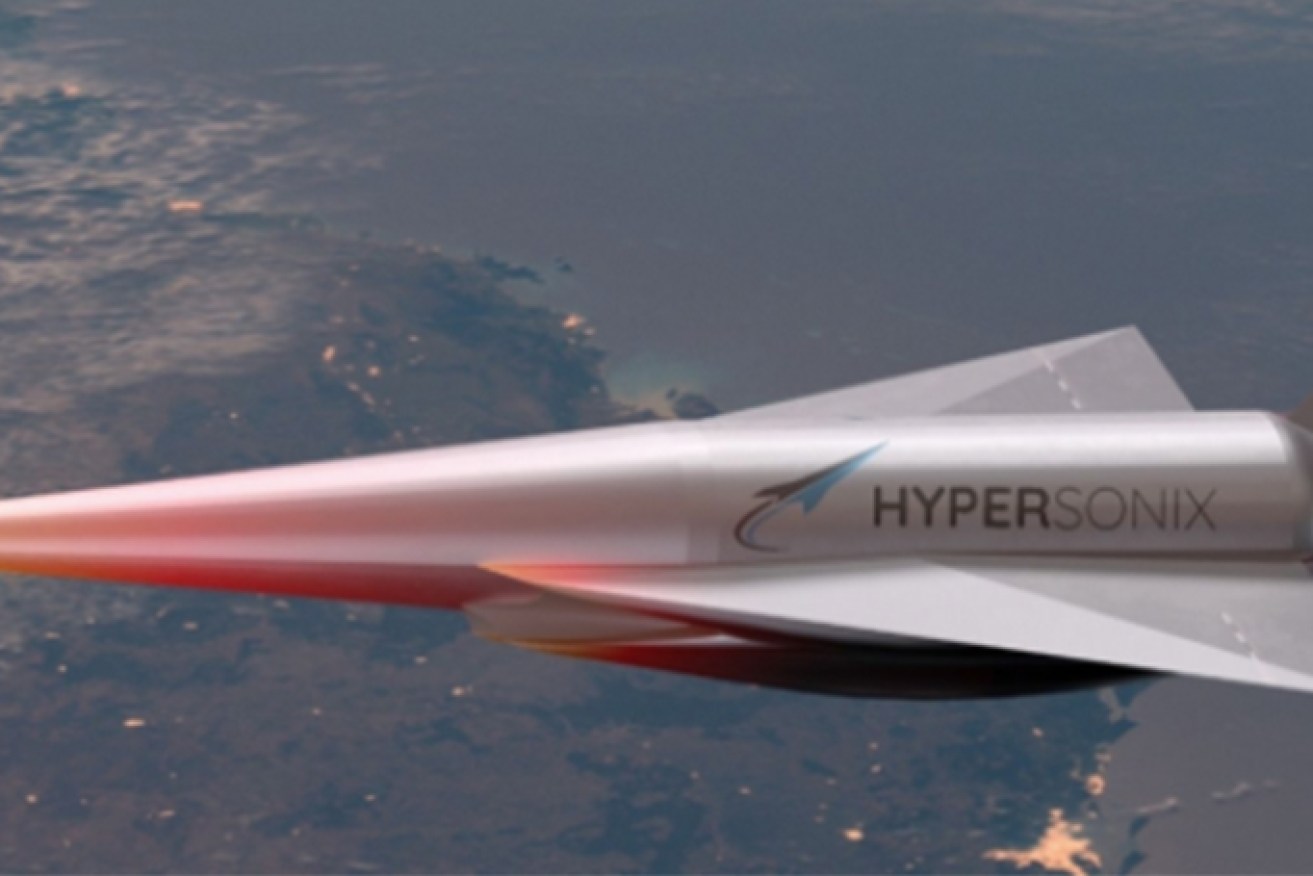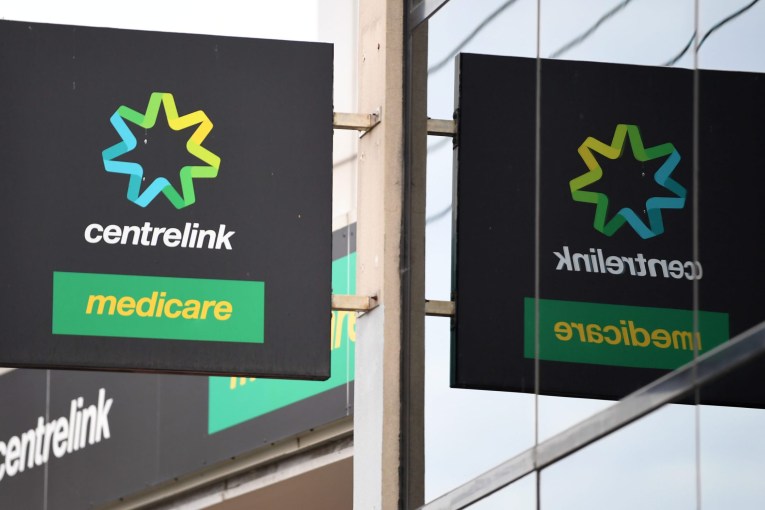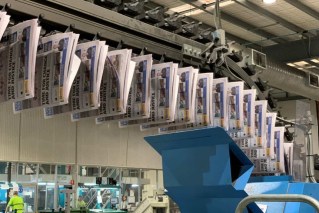Quick, smart: Scramjet tests put Hypersonix on track for space
A scramjet engine developed in Brisbane by Hypersonix Launch Systems has reached speeds of 10 times the speed of sound in a hypersonic shock tunnel.

Hypersonix's scramjet has reached Mach 10 in tests
Hypersonix conducted 111 ground firing tests for the SPARTAN scramjet engine at the University of Queensland’s test facility in Brisbane to prove its design.
“We’re thrilled with the results,” Hypersonix chief executive and co-founder David Waterhouse said.
The company said that Mach 5 to Mach 10 were the speeds required for the engine to fulfill its role as the second stage in a satellite launch system.
If a commercial aircraft could reach the speeds achieved in the tests, people could travel from Sydney to New York in two and half hours. Mach 10 is 12,248 km/h.
The tests validated the design and showed that the engine could accelerate to high speeds and deliver high thrust and efficiency, known as the ISP, in real flight conditions, the company said.
The ISP was five times greater than a typical rocket and the successful results were considered a significant step in the commercialisation of engine, known as SPARTAN.
Hypersonix’s engine is re-usable and powered by green hydrogen. It would be used to power a re-usable satellite launch system, delivering payloads to lower earth orbit in an environmentally sustainable way.
Research into hypersonics has been conducted in Australia since the sixties. The late Professor Ray Stalker AO devised a concept for generating hypersonic velocities in the laboratory by using a shock tunnel driven by free-piston compression.
“Launching satellites into low-earth orbit in a green and sustainable way has not been attempted before. Most businesses in the emerging small satellite market are using single use rockets with high pollution to deliver their payloads,” said Hypersonix research and development head and co-founder Dr Michael Smart.
“Hydrogen is more efficient and cleaner than other rocket fuels. SPARTAN will power Delta-Velos, a re-usable aircraft that is capable of flying to space like a commercial cargo plane, just a lot faster than any other cargo plane that has ever flown before.
“Think of being able to travel from Sydney to New York in two and a half hours and you have an idea of the speeds our SPARTAN scramjet is capable of achieving.”












